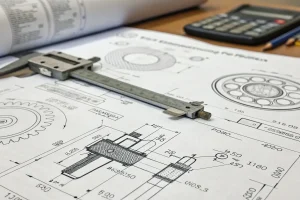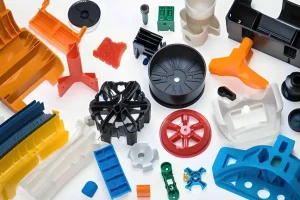One of the potential drawbacks of the injection molding process is a defect known as a sink mark, in which the surface of the finished product appears sunken or concave due to uneven cooling or shrinkage of the material.
In this article, we will discuss some strategies for avoiding sink marks in plastic injection molding.
1. What is the sink mark in injection molding?
Sink marks are common injection molding defects, in which the surface of the finished product sinks or caves in, creating an indentation or depression.
2. What Causes sink marks in injection molding?
Sink marks can be caused by several factors, including:
a. Improper injection mold design.
b. Inadequate cooling of the molten material.
c. Inadequate material flow.
d. The presence of air bubbles in the molten material.

3. How to avoid sink marks of improper mold design?
One of the key factors that can contribute to sinking marks is the design of the injection mold. The design of the mold plays a critical role in the overall quality of the finished product, and a poorly designed mold can result in defects such as sink marks.
To reduce sink marks, the injection mold should be designed with adequate wall thickness and gate sizes, as well as proper venting to allow air to escape from the mold.
Additionally, the design of the mold should take into account the shrinkage of the material as it cools, to ensure that the finished product has the correct dimensions.

4. How to avoid sink mark of inadequate cooling of the molten material?
During injection molding, it is essential to properly cool the molten material to solidify it into the desired shape and avoid sink marks.
To achieve this result, appropriate cooling channels with regulated temperature controls of a suitable medium must be implemented during the process. Failing to do so could detrimentally affect overall product quality.

5. How to avoid sink marks of inadequate material flow?
The formation of sink marks in injection molds can be prevented through the careful control and monitoring of material temperature, as well as designing a mold that accounts for the flow characteristics of the material.
Using specialized tools like flow meters to measure and maintain an optimal rate is essential when looking to achieve this goal. With these steps implemented, you’ll have peace of mind knowing your product will stay free from imperfections caused by sinking marks!

6. How to avoid sink mark of the presence of air bubbles in the molten material?
Sink marks are an unwelcome addition to any plastic injection molding project, but there is a solution: degassing equipment and proper venting.
By ensuring that all air bubbles have been removed from the molten material before it is injected into the injection mold and by utilizing well-ventilated molds, you can ensure your project stays free of sink marks!










